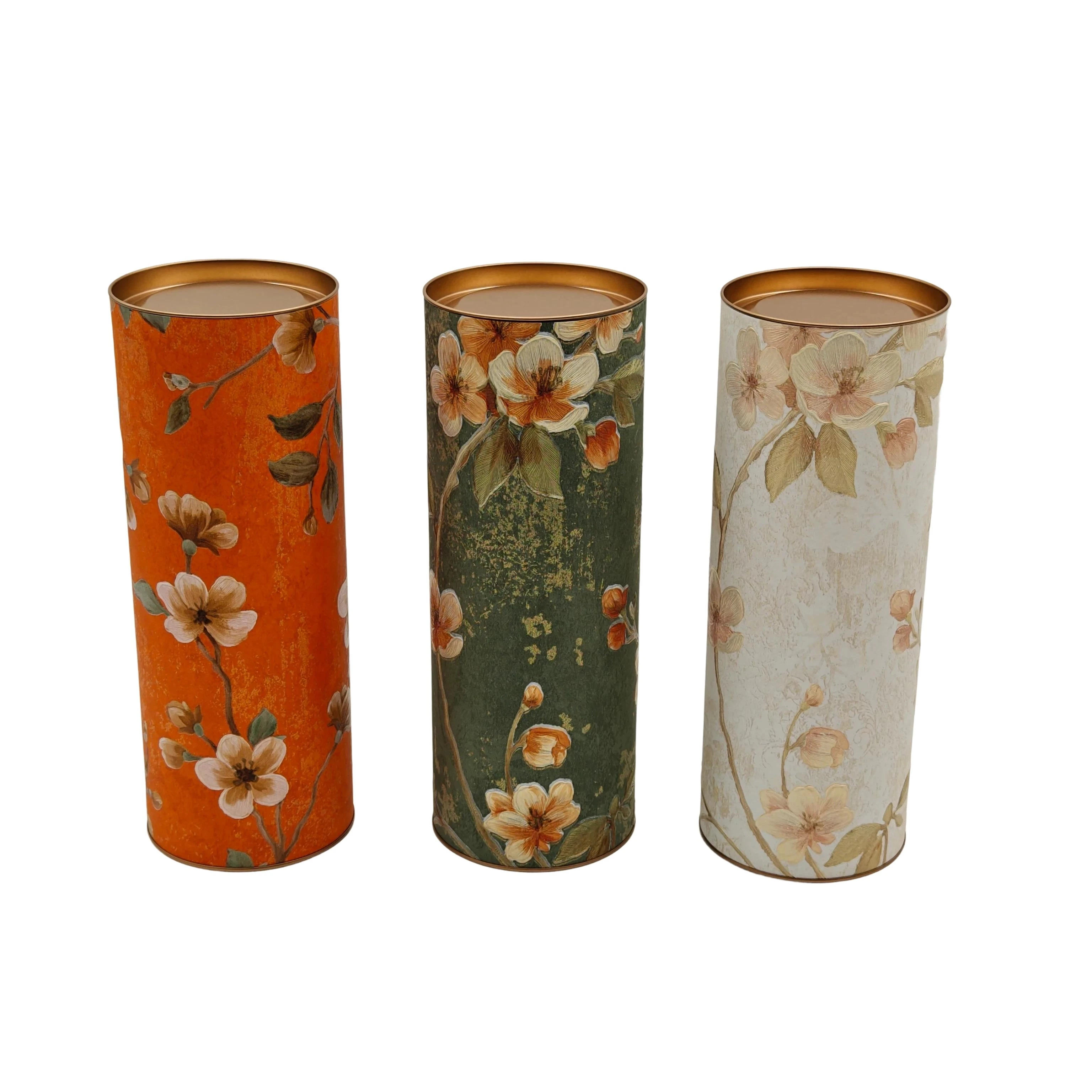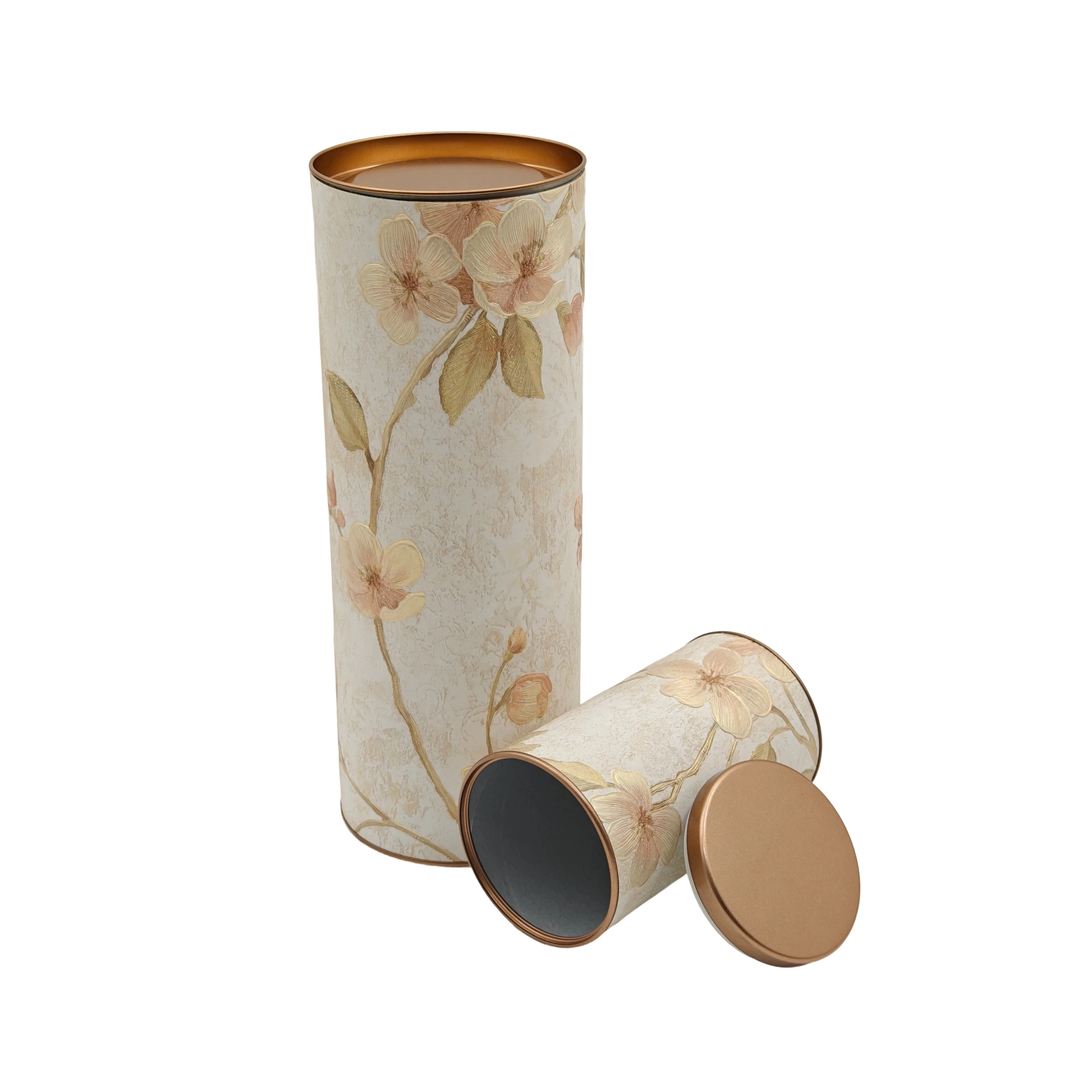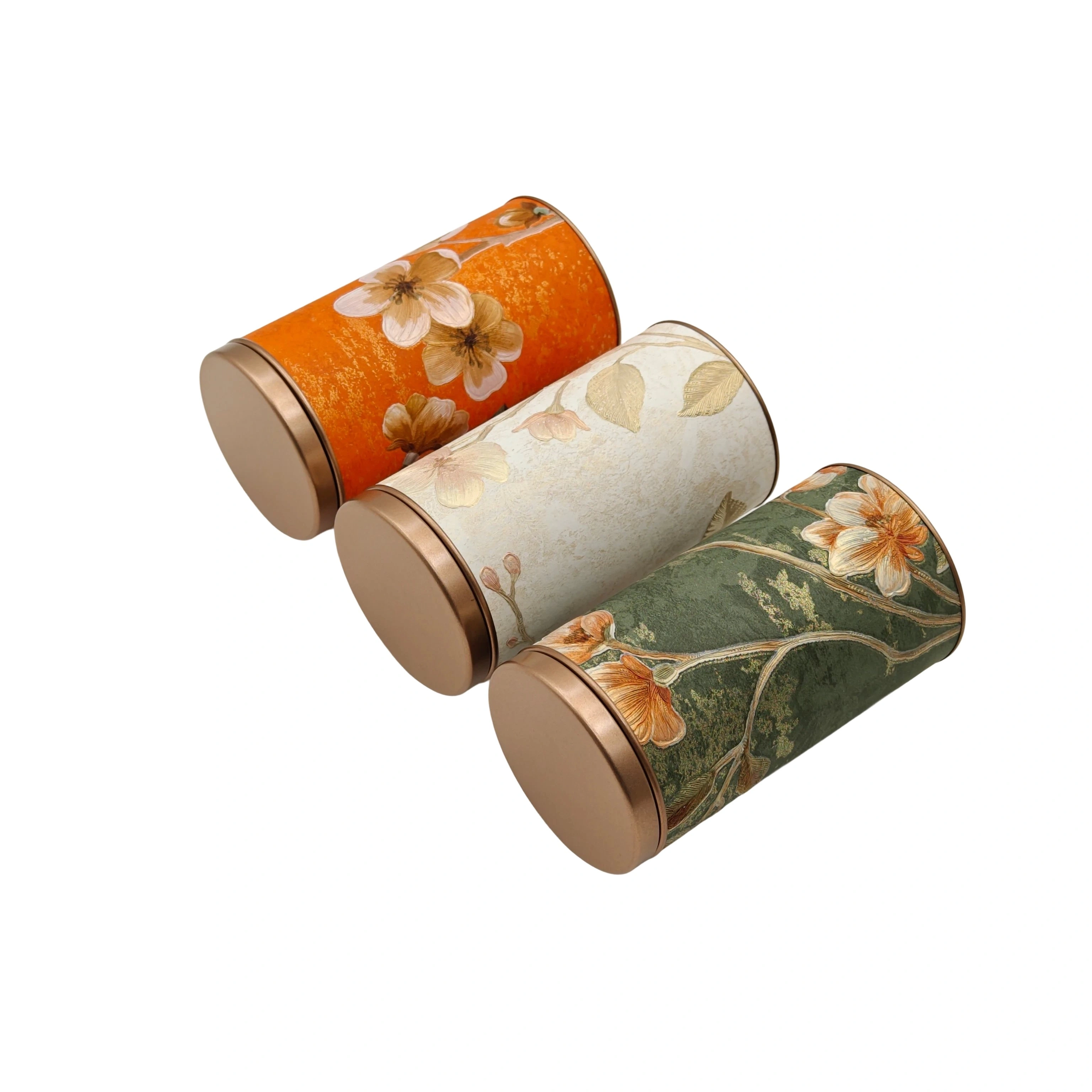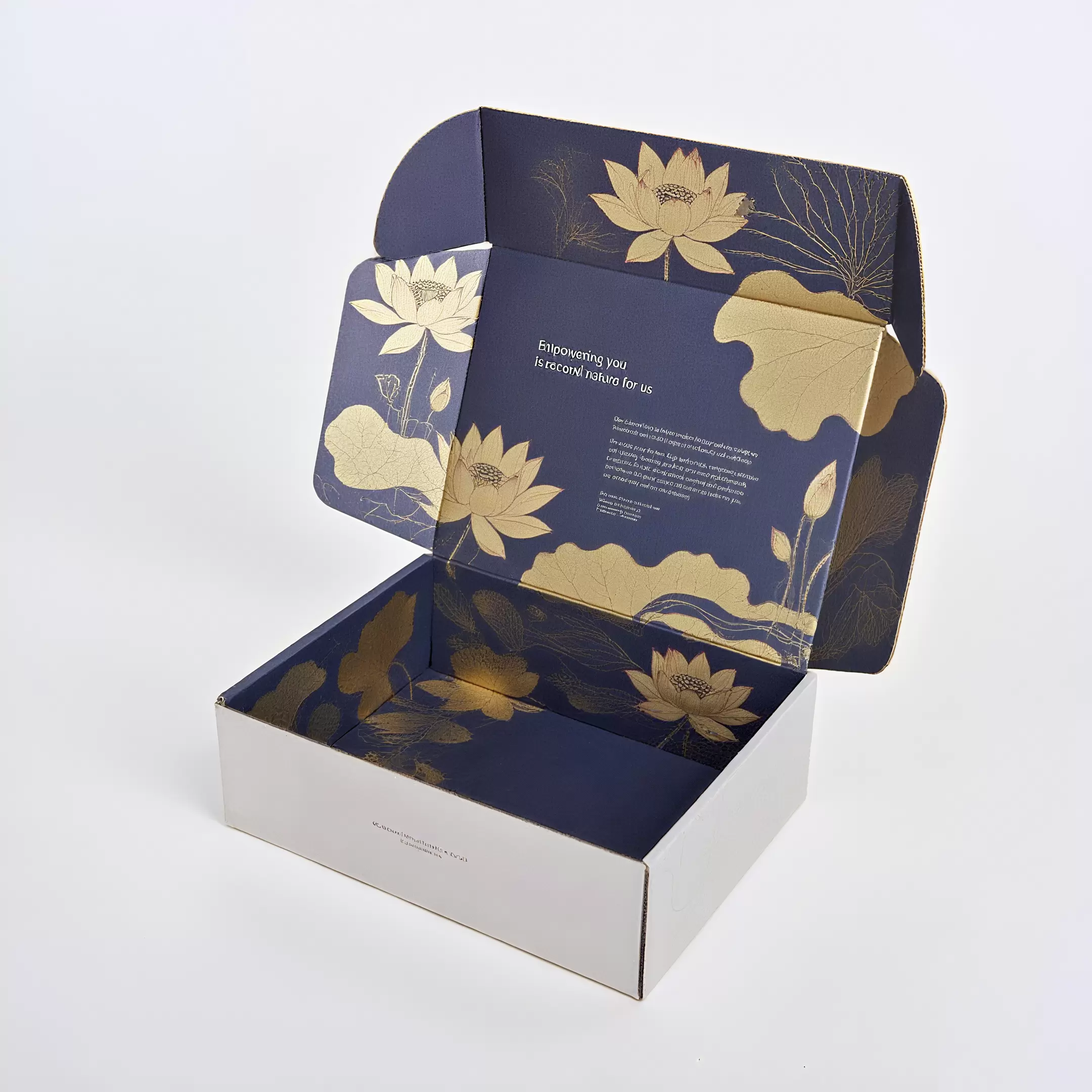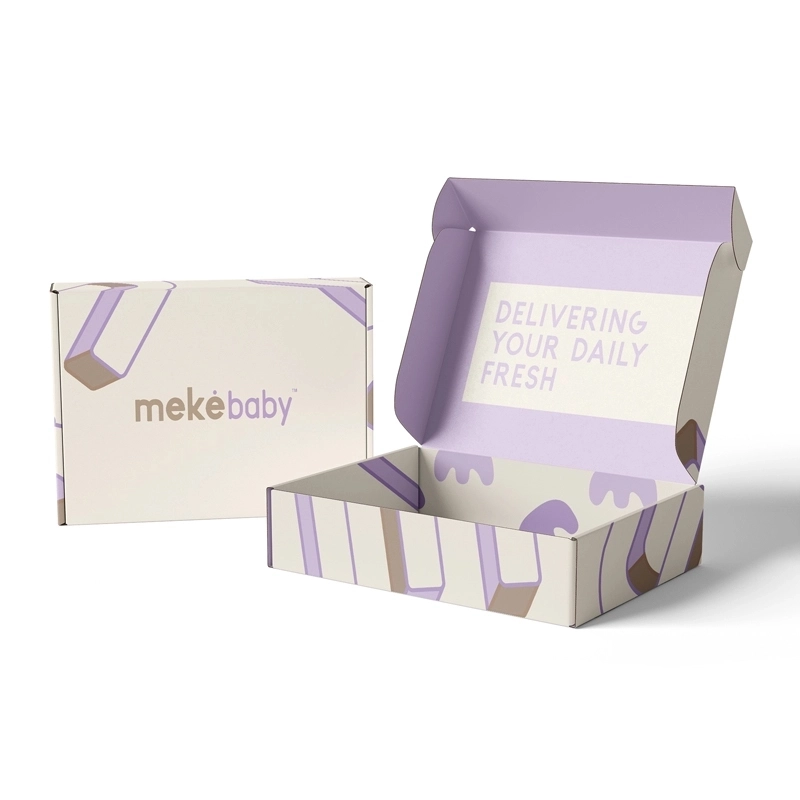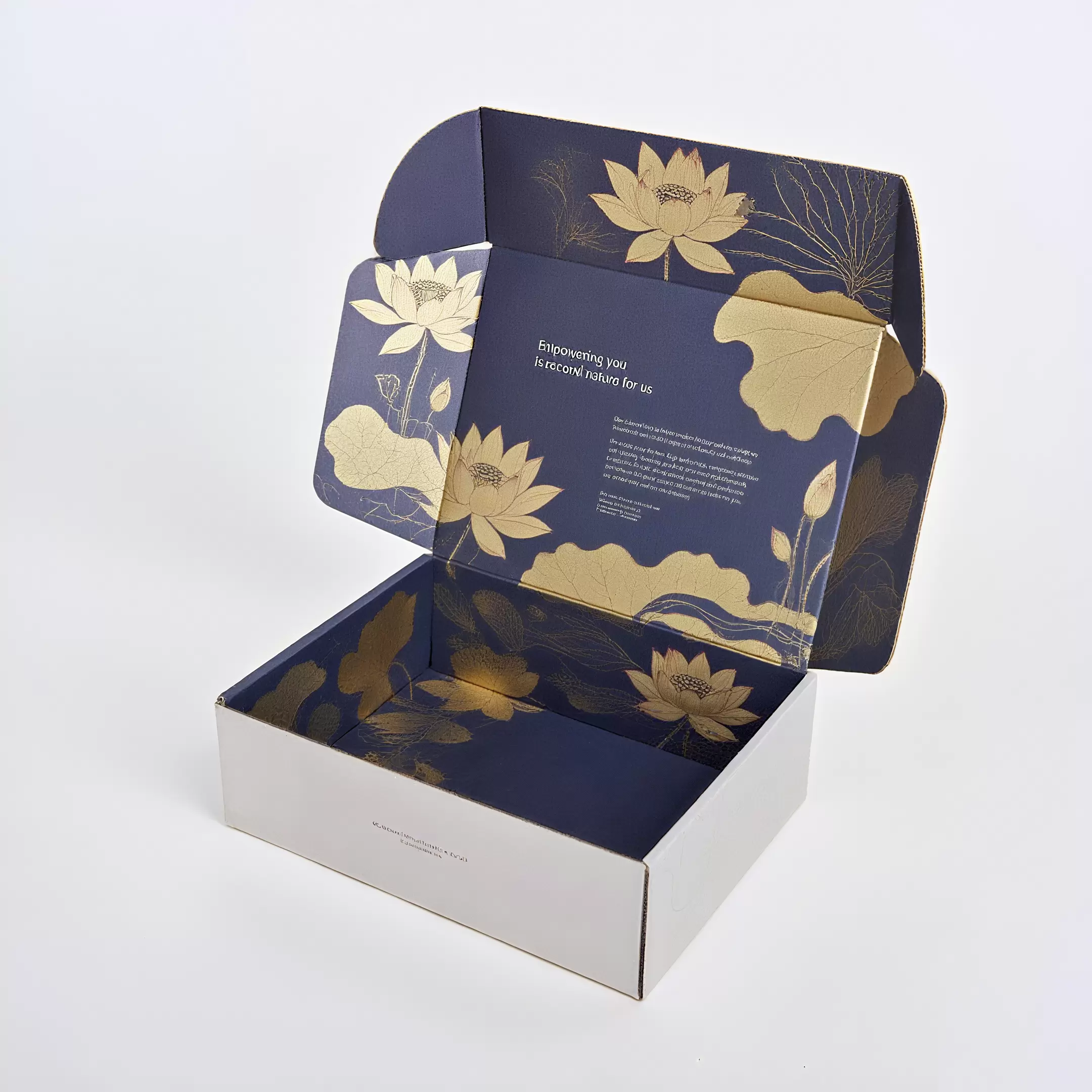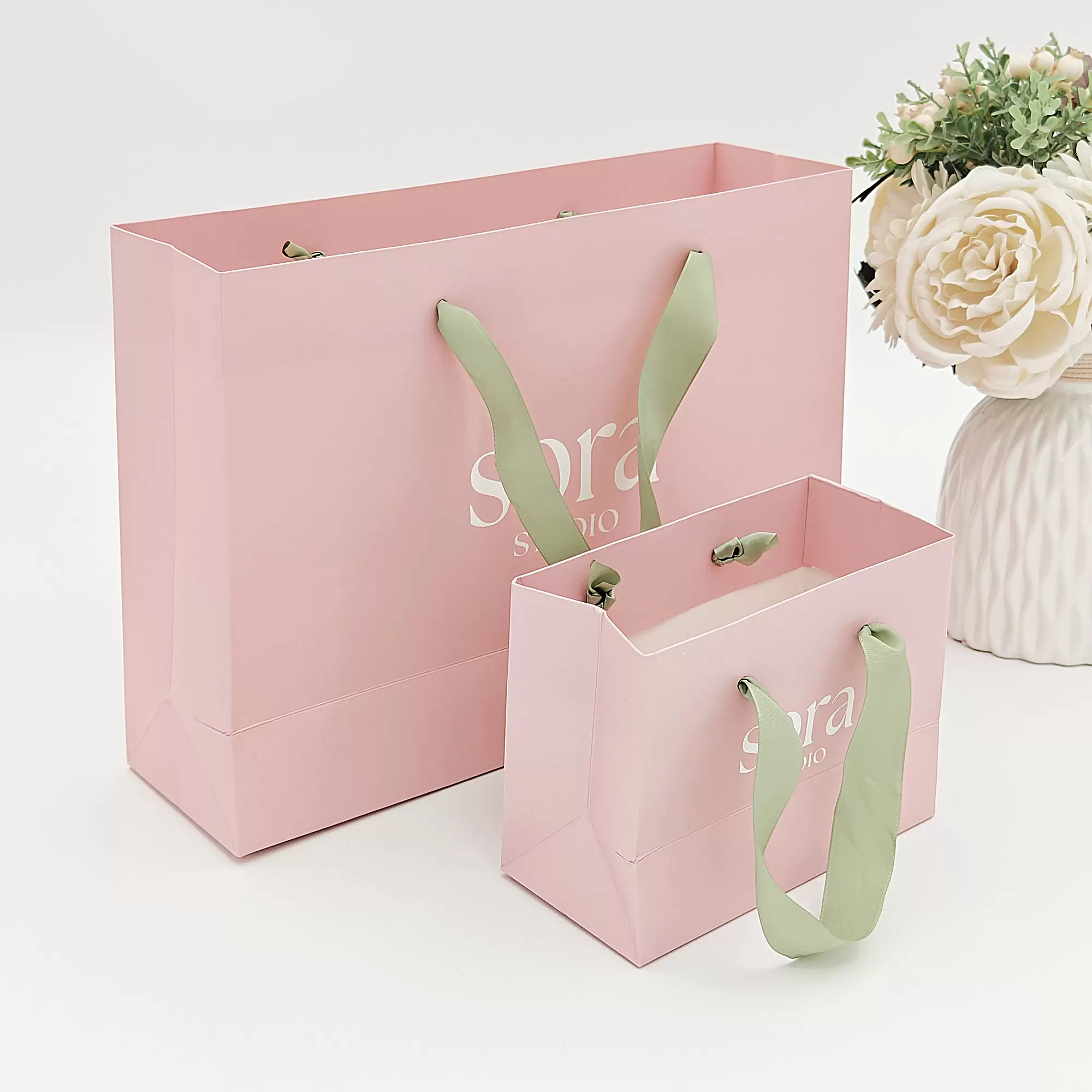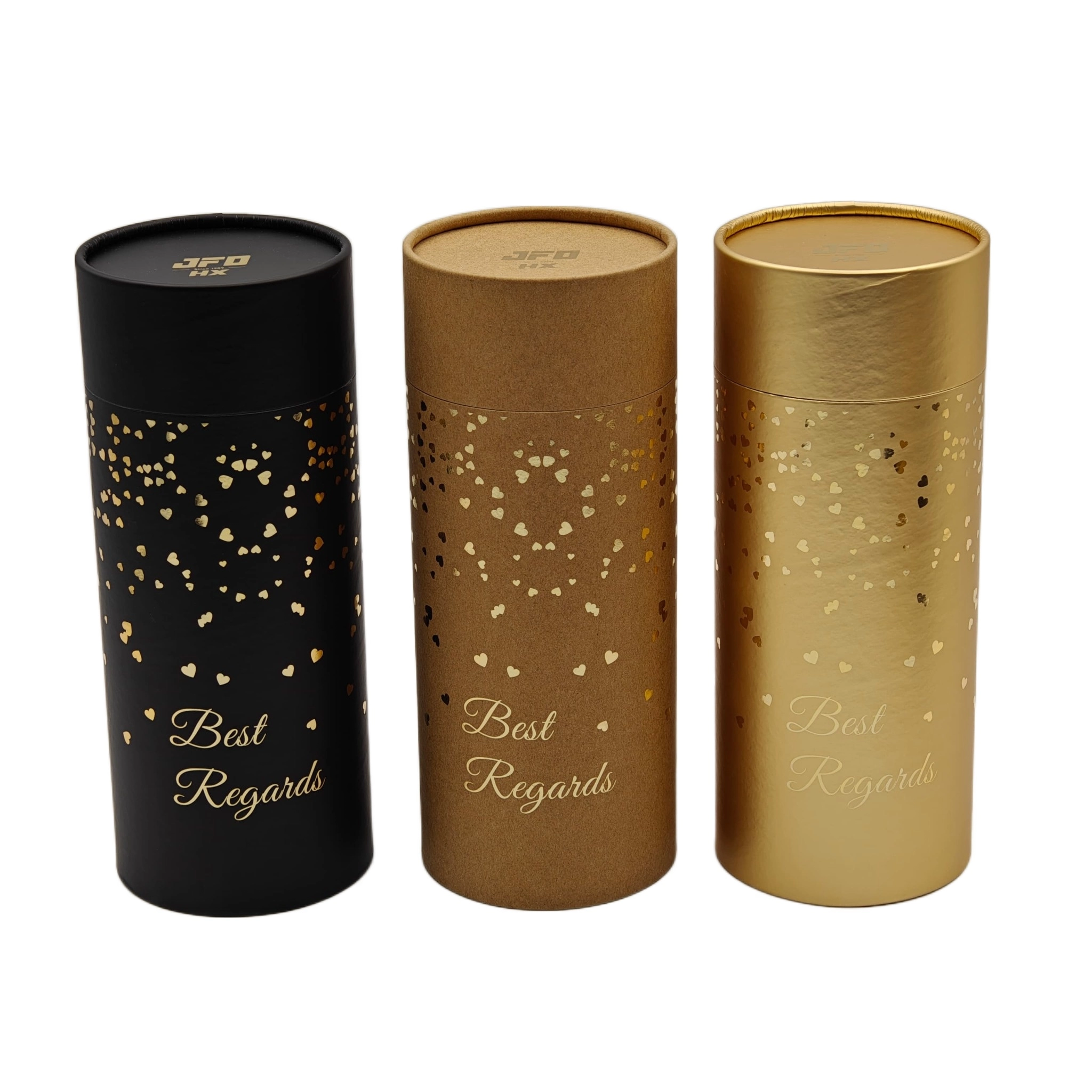
Cardboard tubes, often overlooked for their simplicity, have proven to be incredibly versatile and useful in a multitude of applications. From everyday household items to industrial uses, these cylindrical structures made from recycled cardboard offer a combination of practicality, sustainability, and cost-effectiveness. The production process of cardboard tubes is relatively simple, which can effectively reduce the impact on the environment and conform to the concept of sustainable development. As people's environmental awareness increases, the application prospects of cardboard tubes will be broader.
Household and DIY Applications
1. Storage Solutions
Cylindrical cardboard boxes can be repurposed as innovative storage solutions around the house. For instance, toilet paper and paper towel tubes can be used to organize cables, jewelry, or even sewing needles and thread. With a bit of creativity, they can be transformed into desk organizers, makeup brush holders, or even plant starters for herbs and small seedlings.
2. Craft Projects
DIY enthusiasts love cylindrical cardboard boxes for their endless craft possibilities. They can be cut, painted, decorated, and combined to create everything from kids' toys and animal sculptures to intricate light fixtures and wall art. The lightweight yet sturdy nature of cardboard tubes makes them ideal for a variety of artistic endeavors.
3. Gardening Aids
In the gardening world, cardboard tubes serve as practical tools. They can be used to protect delicate seedlings from pests and weather, and their cylindrical shape makes them perfect for guiding plant growth vertically, conserving space. Additionally, they can be filled with compost or seeds to start new plants or serve as labels in the garden.
Industrial and Commercial Uses
1. Packaging Materials
Cylindrical Cardboard boxes are a staple in the packaging industry, primarily used as cores for winding materials like paper, plastic films, textiles, and electrical wires. Their strength-to-weight ratio allows for efficient shipping and storage of these products without the risk of damage.
2. Construction and Building
Surprisingly, cardboard tubes play a role in construction. They are used in the manufacturing of insulation materials due to their ability to trap air and provide thermal resistance. In addition, larger tubes can serve as temporary structural supports or forms for pouring concrete, offering a cost-effective and eco-friendly alternative to traditional materials.
3. Art and Exhibition Displays
In the world of art and exhibitions, cardboard tubes are invaluable for transporting and displaying artwork. They protect rolled-up paintings, posters, and banners from bends and damage, ensuring pieces arrive in pristine condition. Their lightweight nature makes them easy to handle and transport, making them a favorite among artists and gallery curators alike.
Environmental and Sustainability Benefits
1. Recyclability
One of the most significant advantages of cardboard tubes is their recyclability. Made primarily from recycled cardboard, they can be easily recycled again after use, reducing waste and conserving natural resources. This circular economy approach aligns well with global efforts to promote sustainability.
2. Biodegradability
Unlike many plastic alternatives, cardboard tubes are biodegradable. This means they decompose naturally over time, posing minimal risk to the environment if disposed of properly. Their biodegradable nature makes them a preferable choice for eco-conscious consumers and businesses.
3. Reduced Carbon Footprint
The production of cardboard tubes requires less energy and generates fewer greenhouse gases compared to synthetic materials. By choosing cardboard tubes, companies and consumers contribute to reducing their carbon footprint, supporting efforts to combat climate change.
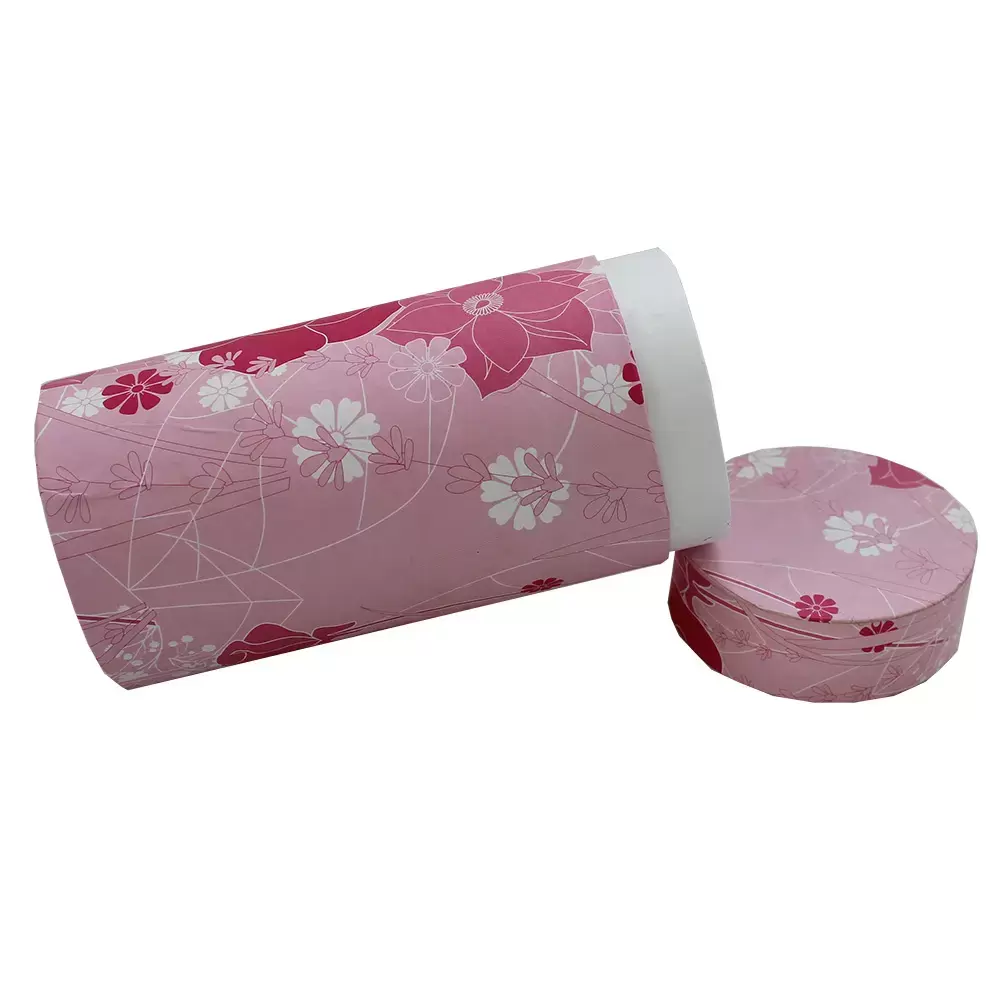
Cost-Effectiveness and Efficiency
1. Affordable Pricing
Cardboard tubes are highly cost-effective. Their production is streamlined, using readily available materials and simple manufacturing processes. This results in affordable pricing, making them accessible for a wide range of applications and budgets.
2. Space-Saving Design
The cylindrical shape of cardboard tubes allows for efficient space utilization. They can be stacked securely, taking up minimal storage space, which is particularly beneficial in warehouses, shipping containers, and retail settings.
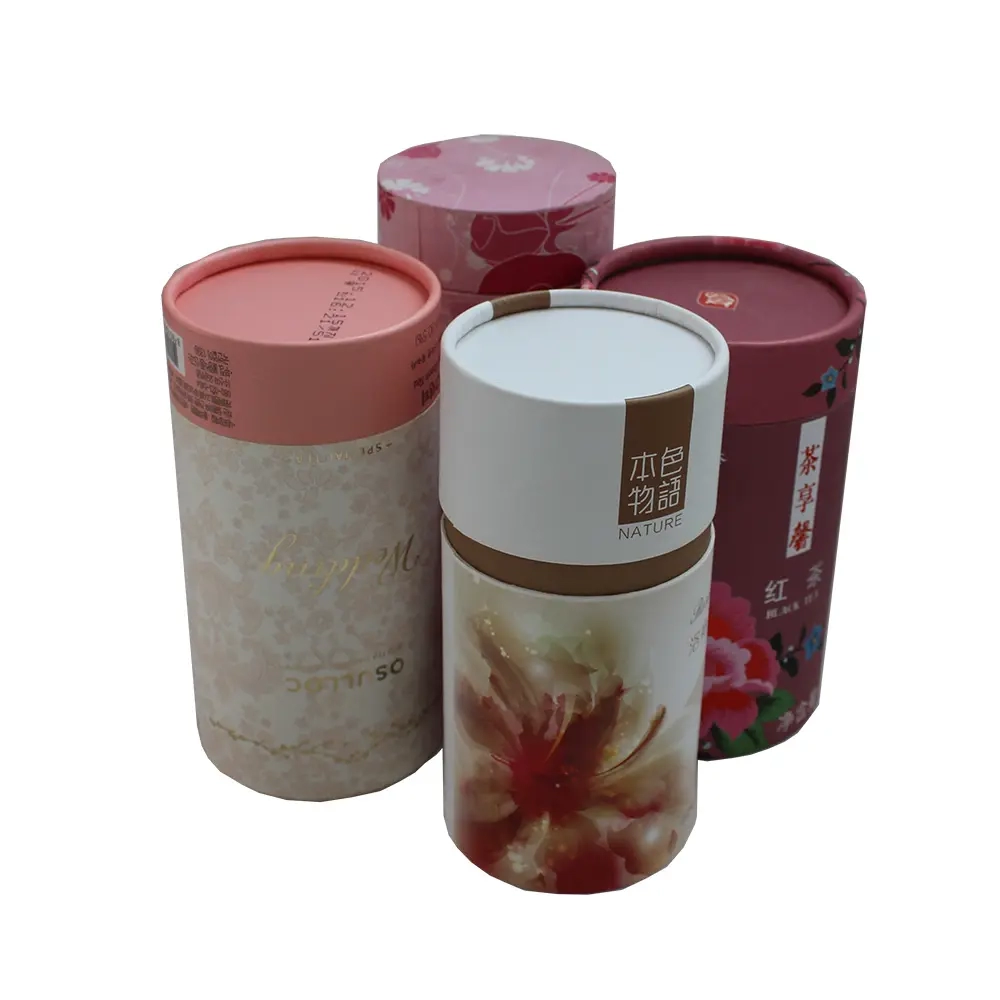
3. Durability and Performance
Despite their lightweight appearance, cardboard tubes are surprisingly durable. They offer excellent compression resistance and can withstand a significant amount of weight, depending on their design and intended use. This balance of strength and lightweight makes them efficient for a variety of demanding applications.
Conclusion
Cardboard tubes, with their diverse applications and numerous advantages, stand as a testament to the power of simplicity and innovation. From household uses to industrial applications, these tubes have proven their worth in various sectors. Their environmental benefits, economic advantages, and versatility make them an indispensable part of modern life. As we continue to explore new ways to reduce waste and enhance efficiency, cardboard tubes will undoubtedly play an increasingly important role. By embracing their potential, we can contribute to a more sustainable, cost-effective, and innovative future.
Table of Contents
Latest Products
-
 Wechat
+8613616008761
Wechat
+8613616008761 -
 Email
Email
-
 Tel
+86-136-1600-8761
Tel
+86-136-1600-8761

 en
en es
es ru
ru fr
fr de
de it
it ja
ja ar
ar pt
pt ko
ko tr
tr nl
nl fi
fi